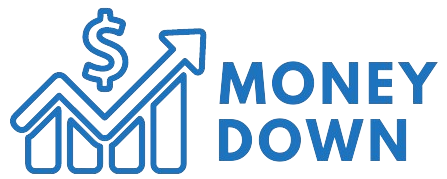17. 2018: As a part of the transition to more protectionist policies, the United States initiated a renegotiation of the North American Free Trade Agreement (NAFTA), which got here into force in 1994. The Canadian government feared this might significantly impact exports to the country’s largest trading partner. The conflict led to a short-lived but dramatic trade war. Canada, the United States and Mexico finally negotiated a brand new trade agreement – the United States-Mexico-Canada Agreement (USMCA), which incorporates a sunset clause after 16 years.
18. 2019: The federal government was concerned about pension security given the decline in corporate pension plans and Canadians’ low savings rates. Therefore, the Canada Pension Plan (CPP) was expanded. The public pension plan will increase from 25% to 33.33% of Canadians’ average working income. CPP contributions may also proceed to extend over the seven-year rollout of program enhancements.
19. 2020: The COVID-19 pandemic swept internationally and had a dramatic impact on the economy. To contain the impact of the virus, federal and provincial governments across Canada have enacted various degrees of lockdowns.

20. 2020: The government spent a whole bunch of billions of dollars to fund advantages that encouraged Canadians to remain home and practice social distancing, particularly the Canada Emergency Response Benefit (CERB), which is a taxable monthly payment of $2,000 -Dollar traded. The government also lent huge sums of cash to corporations to assist them through the lockdowns that kept many from doing business. The high level of spending is certainly one of the aspects that led to rapid inflation in the subsequent few years.
21. 2021: Savings rates rose significantly through the pandemic, concurrently the Bank of Canada cut rates to historic lows. These and other aspects led to a boom within the Canadian real estate market. Previously, high prices were mostly limited to major cities, but in 2021, property prices rose across the country, exacerbating long-standing housing affordability problems.
22. 2021: The massive amount of cash entering the economy through the pandemic as a consequence of government spending and borrowing in addition to supply chain disruptions led to a dramatic increase in inflation. Houses, cars, food and other on a regular basis items became significantly dearer.
23. 2022: The Bank of Canada began rapidly raising rates of interest to curb runaway inflation. Home prices stabilized (and even declined barely), but affordability remained a problem as some borrowers’ mortgage payments increased and even doubled. The stock market plunged while prices for essential goods like gasoline and groceries remained high, causing frustration amongst many Canadians.
24. 2023: The federal government continued to extend its immigration targets to unprecedented levels, admitting tens of millions of international students and low-paid, low-skilled employees through temporary employment programs. The population increase challenged Canada’s already strained housing market and strained health systems. Wages, which had begun to rise shortly after the pandemic as a consequence of labor shortages, began to stabilize. Broad support for immigration, which had been positive for many years, began to falter.

